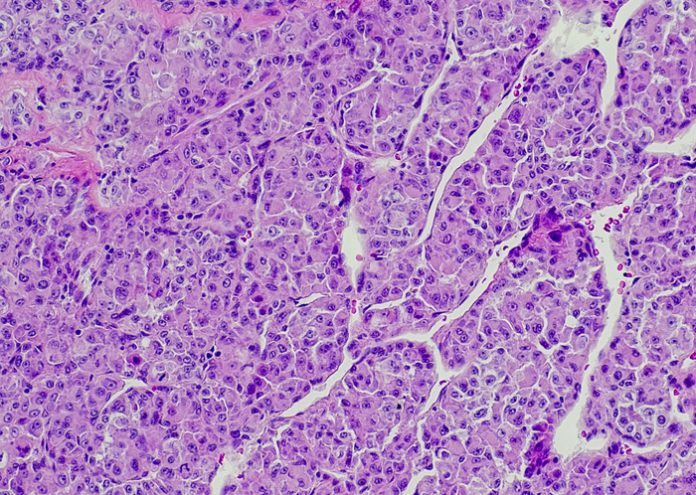The Australian and New Zealand Sarcoma Association (ANZA) is calling on urgent funding to increase awareness, diagnosis and research into sarcoma, a rare and often fatal cancer. Affecting both soft tissue and bones, sarcoma impacts around 600 Australians and 150 New Zealanders annually, with a survival rate of just 50-70 per cent within five years of diagnosis.
Professor Peter Steadman, an orthopaedic surgeon, board member of ANZSA and incoming president of the international sarcoma group hosting the conference ISOLS at Brisbane Convention centre with ANZSA said, “Sarcoma is particularly concerning for younger people, being the third most common cancer in children and adolescents. That’s why early detection is crucial, yet it’s incredibly difficult to diagnose. Patients often present with symptoms like persistent sore joints or lumps along the bones, which are sometimes mistaken for less serious conditions.
“Given that sarcoma is weighted towards the first three decades of life, it’s essential we raise awareness among the public and healthcare providers to ensure it is caught earlier. We desperately need breakthroughs, and that starts with greater investment in research and support.”
Despite sarcoma’s significant impact, it remains one of the least funded cancers, and there has been little progress in treatment over the past 40 years.
Chairperson of the Consumer Advisory Panel at ANZSA, Sarah Cheung said, “It’s shocking that sarcoma has not seen a breakthrough in decades. As a sarcoma survivor, I know how difficult the journey is. Without increased funding and research, patients will continue to face poor outcomes. We need to amplify awareness of sarcoma and ensure people understand the gravity of this disease. Early detection can save lives, but without proper funding, advancements will remain out of reach.”








